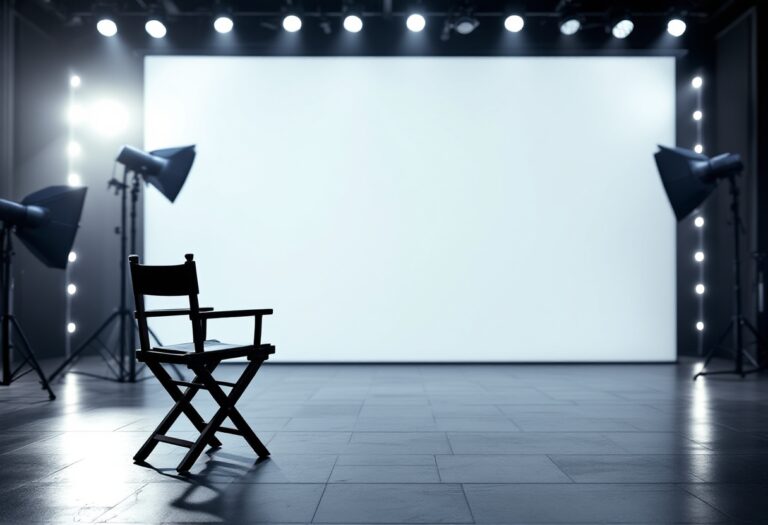Argomenti trattati
The complexities of cinematic controversies: A deep dive into scandalous films
Throughout the history of cinema, certain films have sparked intense debates, not only for their content but also for their cultural implications. These films often challenge societal norms, provoke thought, and sometimes incite outrage. The intersection of film and controversy is a rich tapestry that reveals much about the values and tensions within society.
Understanding the roots of controversy
Controversial films often emerge from a desire to push boundaries, whether they be social, political, or moral. For instance, films like Last Tango in Paris and A Clockwork Orange have faced backlash for their explicit content and themes of violence and sexuality. These films not only reflect the filmmakers’ artistic visions but also serve as mirrors to the societal issues of their times. The backlash they receive often highlights the discomfort audiences feel when confronted with challenging narratives.
The role of societal norms in shaping film reception
Societal norms play a crucial role in how films are received. For example, Brokeback Mountain faced significant criticism and censorship due to its portrayal of a same-sex relationship. Despite its critical acclaim, the film’s release was marred by protests and calls for censorship, illustrating the ongoing struggle for LGBTQ representation in mainstream media. The film’s success, juxtaposed with the backlash, underscores the complexities of societal acceptance and the evolving landscape of film.
Case studies of scandalous films
Several films serve as prime examples of how controversy can shape a film’s legacy. Birth of a Nation, often hailed as a cinematic milestone, is equally reviled for its racist depictions and glorification of the Ku Klux Klan. Its release sparked protests and riots, revealing the deep-seated racial tensions in America. Similarly, The Last Temptation of Christ faced widespread condemnation from religious groups, leading to protests and bans in various countries. These cases illustrate how films can become battlegrounds for larger societal issues, reflecting the cultural zeitgeist.
The paradox of publicity and controversy
Interestingly, controversy can sometimes serve as a double-edged sword. While it can lead to significant backlash, it can also generate publicity that ultimately benefits a film’s visibility and box office performance. The infamous Deep Throat, for instance, became a cultural phenomenon despite—or perhaps because of—its controversial nature. This paradox raises questions about the nature of publicity and its impact on artistic expression.
Conclusion: The enduring impact of controversial cinema
As we navigate the landscape of contemporary cinema, the legacy of controversial films remains palpable. They challenge us to confront uncomfortable truths and engage in discussions about morality, representation, and societal values. The ongoing dialogue surrounding these films is a testament to the power of cinema as a medium for reflection and change. As audiences, we must continue to engage critically with these narratives, recognizing their potential to shape cultural discourse.

